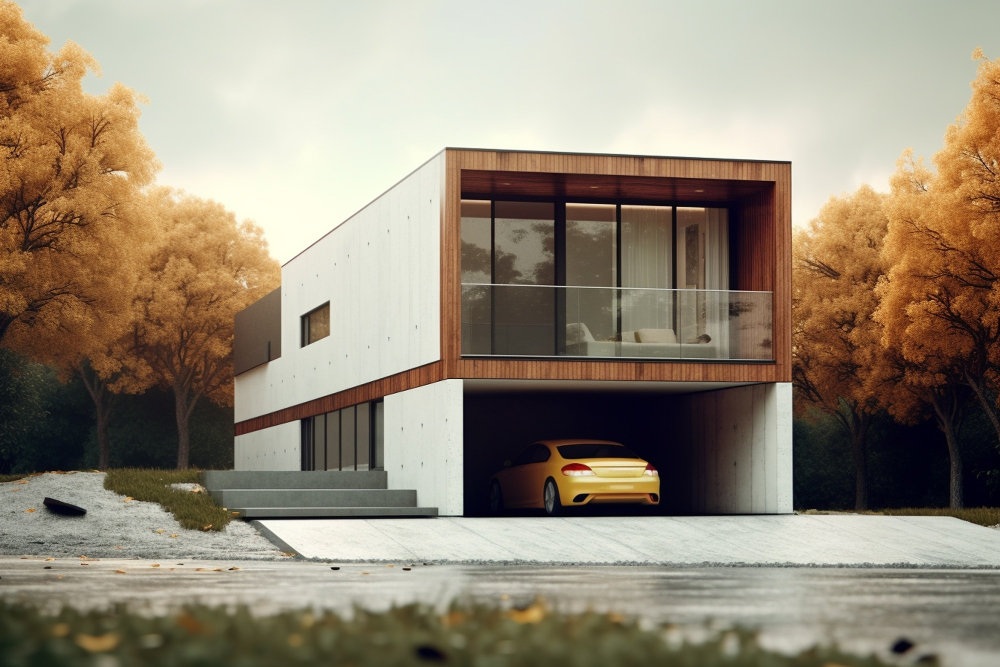
Pre-Fab Composite Structure
Pre-fabricated composite structures have transformed the construction industry by offering durable, efficient, and cost-effective solutions for a wide range of applications. Unlike traditional on-site construction, prefab composite elements are manufactured in a controlled environment before being transported and assembled at the construction site. This method enhances quality control, accelerates project timelines, and minimizes material wastage.

Manufacturing process in controlled environment
Advantages of Pre-Fab Composite Structures
-
1 Quality and Durability: Prefab composite structures are produced in a factory setting with stringent quality control measures, ensuring high strength, durability, and resistance to environmental factors.

-
 2 Faster Construction: Since prefab components are manufactured off-site and delivered ready for installation, project timelines are significantly reduced, leading to faster completion.
2 Faster Construction: Since prefab components are manufactured off-site and delivered ready for installation, project timelines are significantly reduced, leading to faster completion. -
3 Cost-Effective: The streamlined production process and reduced labor requirements make prefab composite structures a more economical option compared to conventional construction methods.

-
 4 Sustainability: The controlled manufacturing process minimizes material waste and optimizes resource utilization, making prefab construction an eco-friendly choice.
4 Sustainability: The controlled manufacturing process minimizes material waste and optimizes resource utilization, making prefab construction an eco-friendly choice. -
5 Design Flexibility: Prefab elements can be customized to various shapes, sizes, and finishes, allowing architects and engineers to achieve unique structural aesthetics and functionalities.

Types of Pre-Fab Composite Elements

Composite Walls
Used for external and internal partitions, these walls provide excellent insulation, fire resistance, and soundproofing properties.

Composite Floor Panels
These lightweight, load-bearing panels are commonly used in floors and roofs, offering structural efficiency with reduced material consumption.

Composite Columns and Beams
Essential for multi-story buildings and industrial structures, these components provide high load-bearing capacity and ease of installation.

Composite Retaining Walls
Designed to withstand soil pressure, prefab composite retaining walls are commonly used in landscaping and infrastructure projects.

Modular Units
Prefab composite modular structures are widely used for accommodation, site offices, and commercial buildings due to their quick assembly and transportability.
Applications of Pre-Fab Composite Structures

Conclusion
Pre-fab composite structures are shaping the future of the building industry by offering sustainable, high-quality, and time-efficient solutions. With ongoing advancements in technology and materials, this method continues to evolve, providing architects and engineers with greater design possibilities while ensuring structural integrity and long-term performance.
